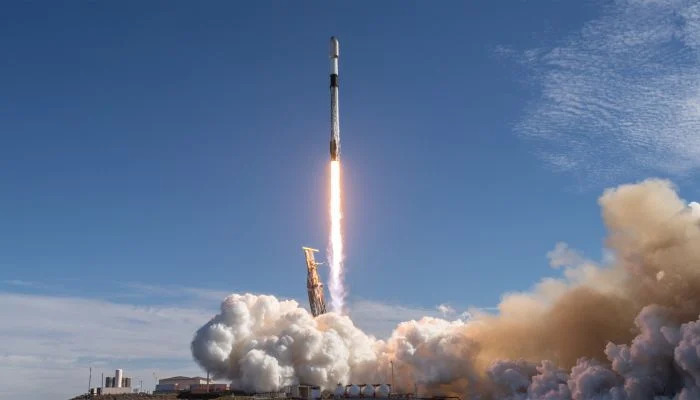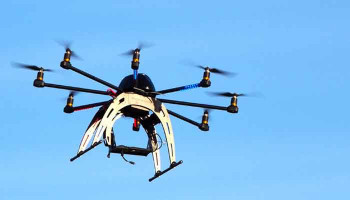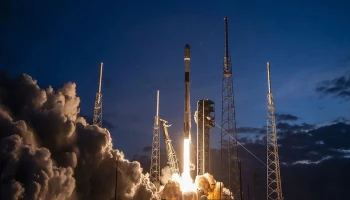
An undated image of SpaceX rocket launch.— SpaceX
The US Federal Aviation Administration (FAA) has authorised SpaceX's ninth test flight of its Starship programme, incorporating new safety protocols after the company’s last flight ended in an explosion. The flight could come as soon as next week, according to news posted by NASA.
During Flight 8, conducted in early March, the rocket was able to separate from the Super Heavy booster, but all structure systems failed and the rocket tumbled and exploded at about nine minutes into the mission.
After a full investigation of Flight 8, the FAA stated in a letter to SpaceX that they addressed the causes of the failures, and they are now cleared to fly.
However, the FAA has made amendments to help minimise risks, especially to other traffic in the air. For Flight 9, they increased the Aircraft Hazard Area from 885 nautical miles to 1,600 nautical miles, which includes portions of Texas, Florida, the Bahamas, and the Turks and Caicos Islands.
In the past, SpaceX's falling debris from Starship flights resulted in temporary flight delays and reroutes for airports in Florida. To avoid similar issues, the FAA now requires SpaceX to fly Flight 9 as a non-peak time travel period to help minimise the impact on air passengers and flights.
SpaceX will also be reusing a previously launched Super Heavy booster for the first time, specifically the one from Flight 7.
















